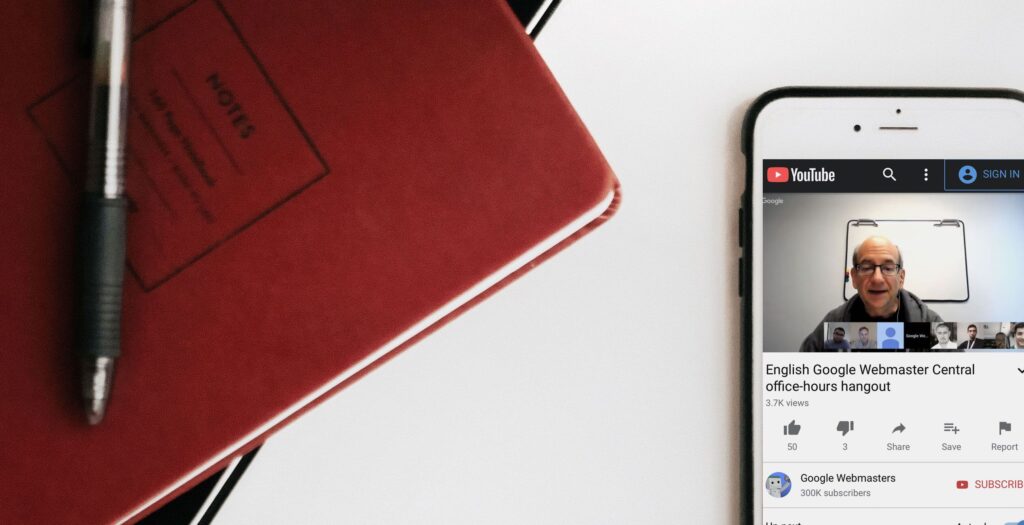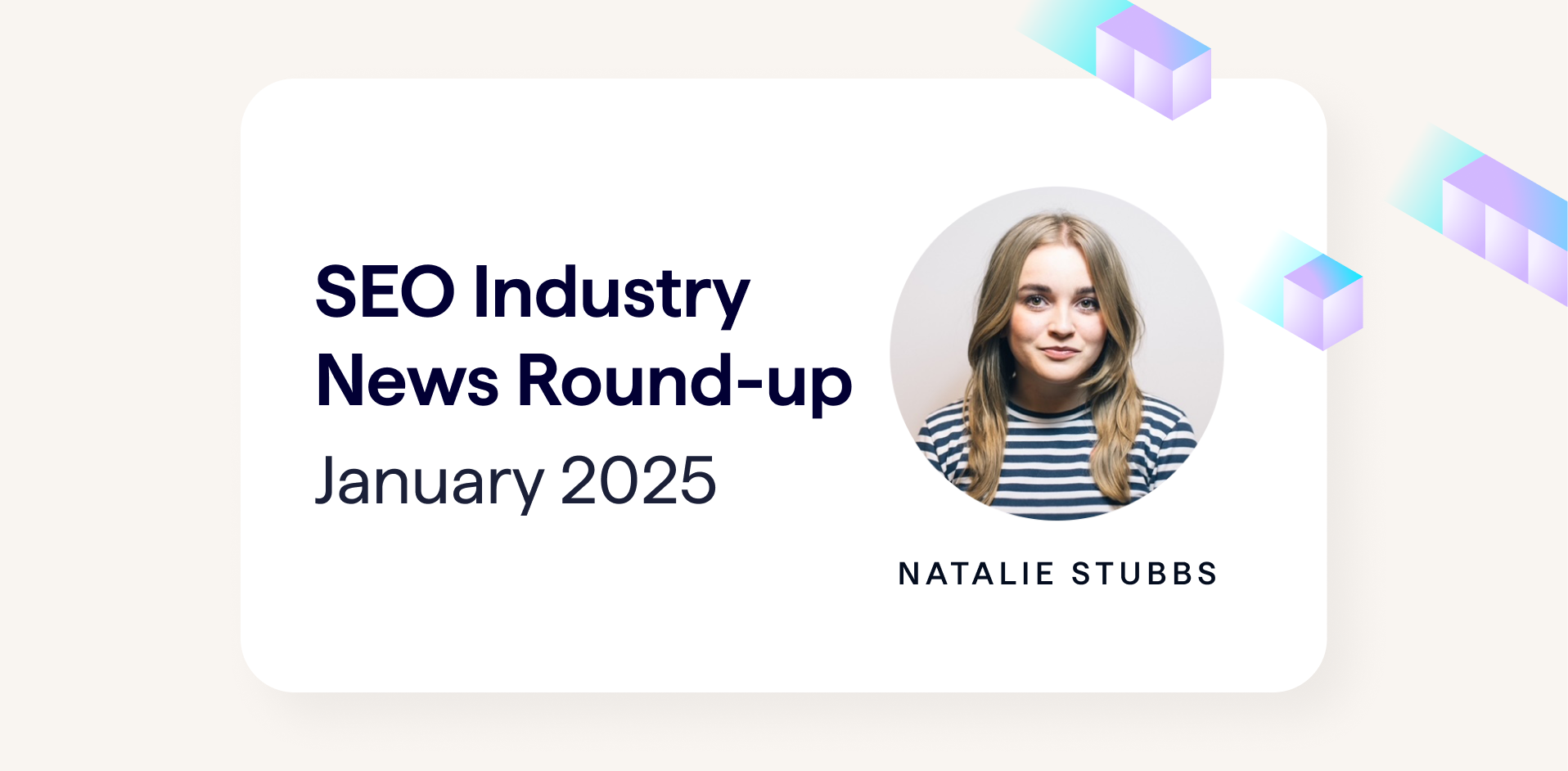Notes from the Google Webmaster Hangout on the 13th of November 2018.
Alt Text Helps Google Understand Pages Beyond Image Search
Text in the alt attribute of images is seen as text on the page and can help Google better understand the page a little bit better beyond image search. However, the text in the alt attribute will likely be somewhere on the page anyway.
Ensure Page Markup is Consistent With Visible Content on Page
Make sure the information in a page’s markup is consistent with what is visible on the page. For example, if a site logo differs in the organizational markup compared to the logo on the page, this may confuse Google’s search algorithms.
Use Banner Rather Than Interstitial When Suggesting Alternative Version of Page
If a user is coming from a different location than the one which the page is targeting, John recommends using a banner so that the user can select another location so that they still have the option of seeing the page in the original format they clicked on.
Google Uses Headings to Better Understand Context of Page
Google is flexible in its understanding of the headings on a page and uses them to better understand the context of the content on the page.
Google’s Algorithms Don’t Use 3rd Party Trust Sites as a Source
John confirmed that Google does not use the Better Business Bureaus score (BBB) or any other third-party trust sites in their search engine algorithms.
Canonicalizing Paginated Pages Back to Main Page Can Cause Crawling & Indexing Issues
Canonicalizing pages in a paginated set back to the first page can be problematic because Google may see that these are different pages and ignore the rel canonical. Alternatively, if Google does follow the rel canonical to the main page, this could mean links and content on other pages might be missed.
WebSpam Report Limits Word Count to Keep Submissions Concise
Google limit the text field in the Spam report so the WebSpam Team can quickly understand the problems you’re seeing.
When Splitting a Category Page Into Two New Ones, Redirect to One of the New URLs & Update Internal Linking
When splitting a category page into two separate pages, John recommends redirecting the old URL to one of the new pages and then updating internal linking normally within your website’s structure.
Entities Are Processed By Hummingbird Algorithm
Hummingbird is the Google search algorithm that deals with entities. The better that Google can extract information from a website in a machine-readable way, the more likely they will be able to understand topics and entities that are on different pages. Structured data can help with this.





